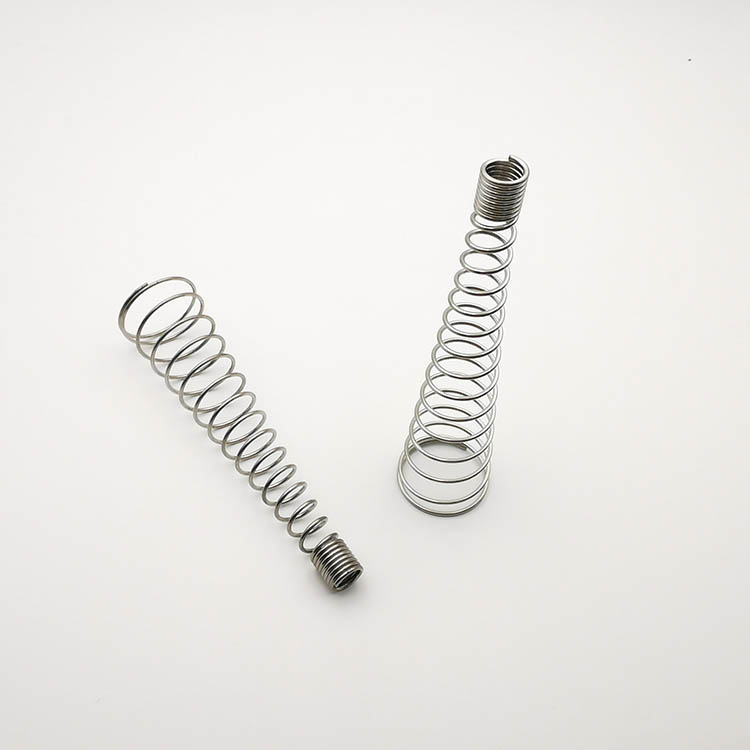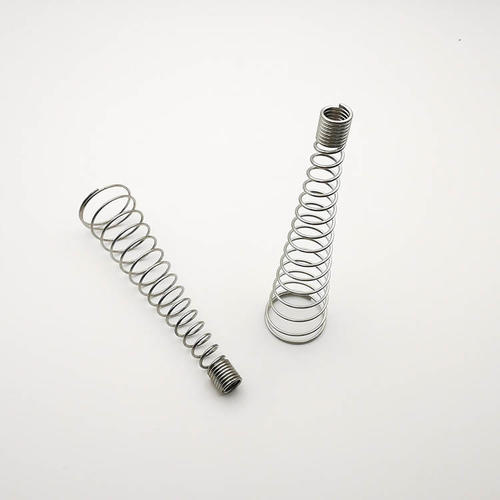
Heavy-Duty Compression Springs
Heavy-duty compression springs are a crucial component of various mechanical systems. They are designed to withstand high loads and provide reliable and consistent performance over extended periods. In this article, we will explore the different types of heavy-duty compression springs and their applications, along with the design considerations that must be taken into account while using them.
Definition of Heavy-Duty Compression Springs
A compression spring is a mechanical spring designed to resist compression when a load is applied to it. Heavy-duty compression springs are those that are designed to withstand high loads and have a longer lifespan than regular compression springs. They are commonly used in applications where there is a need for a high force to be applied over a small distance.
Importance of Heavy-Duty Compression Springs
Heavy-duty compression springs play a vital role in a wide range of industrial applications. They provide cushioning, shock absorption, and vibration isolation in heavy machinery and equipment. Their ability to store and release energy makes them essential for various applications, including automotive, aerospace, and construction.
Design Considerations for Heavy-Duty Compression Springs
Load Requirements:The load requirements determine the force that the spring must be able to withstand without permanent deformation.
Working Environment: The working environment of the spring must be considered to ensure that it can withstand the temperature, corrosion, and other factors that may affect its performance.
Deflection Requirements: The deflection requirements determine the amount of compression the spring must undergo to perform its intended function.
Spring Rate: The spring rate determines the amount of force required to compress the spring by a certain distance.
End Configurations: The end configurations of the spring must be designed to ensure that they can be properly attached to the components they are intended to support.
Applications of Heavy-Duty Compression Springs
Heavy-duty compression springs have a wide range of applications in various industries due to their ability to withstand high loads and harsh environments. Let's take a closer look at some of the industries where these springs are commonly used.
Automotive Industry
One of the most common applications of heavy-duty compression springs is in the automotive industry. These springs are used in shock absorbers, suspension systems, brakes, and clutches. The ability of these springs to withstand high loads and maintain their shape over time is critical to the safe and reliable operation of vehicles.
Aerospace Industry
In aerospace, heavy-duty compression springs are used in landing gear, control systems, and engine components. These springs must be able to withstand extreme temperatures, pressures, and vibrations, while also maintaining their shape and function over extended periods of time.
Manufacturing Industry
In the manufacturing industry, heavy-duty compression springs are used in machineries such as presses, stamping machines, and injection molding equipment. These springs provide the necessary force to operate these machines, and their ability to withstand high loads and repeated use is critical to the efficiency and productivity of the manufacturing process.
Construction Industry
Heavy-duty compression springs are used in equipment such as bulldozers, excavators, and cranes in the construction industry. These springs provide the necessary force to operate these machines, and their ability to withstand the harsh and demanding environments of construction sites is essential to their performance and safety.
Oil and Gas Industry
Heavy-duty compression springs are used in equipment such as pumps, valves, and drilling machinery in the oil and gas industry. These springs must be able to withstand high pressures, temperatures, and corrosive environments, while also providing the necessary force to operate the equipment.
Conclusion
Heavy-duty compression springs are essential in various industries because they can withstand high loads and harsh environments. They play a critical role in the safe and reliable operation of machinery and equipment. By considering the design considerations and types of heavy-duty compression springs available, industries can select the right spring for their specific application and ensure optimal performance and safety.







